I built this flame lamp back in 2020 - it look pretty good, but the construction was a bit suspect. I was still mostly using breadboard back then and, although it had 300 LEDs, the resolution was pretty low.
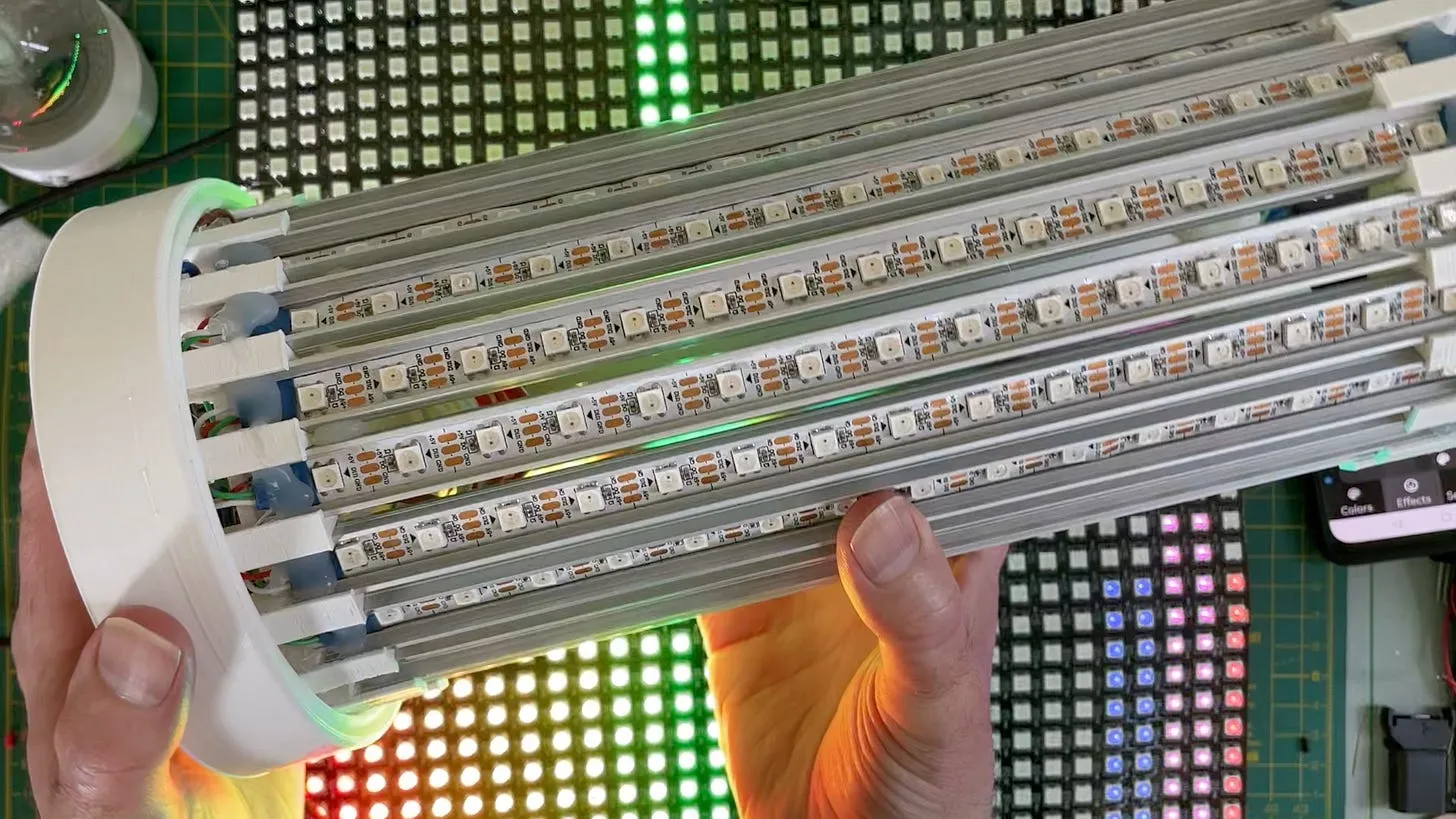
I really did quite like the construction of it though - it looks like some kind of movie prop. If you want to delve into a bit of history there’s a video here documenting the design and build.
Anyway, it died at some point. I’m not sure if it was the dodgy wiring, or the electronics that gave up the ghost, but rather than try and troubleshoot I decided to build a new version.
These flexible WS2812 LED panels have become pretty popular over the past few years. The ones I’m using for this project are these 32x8 pixel panels.
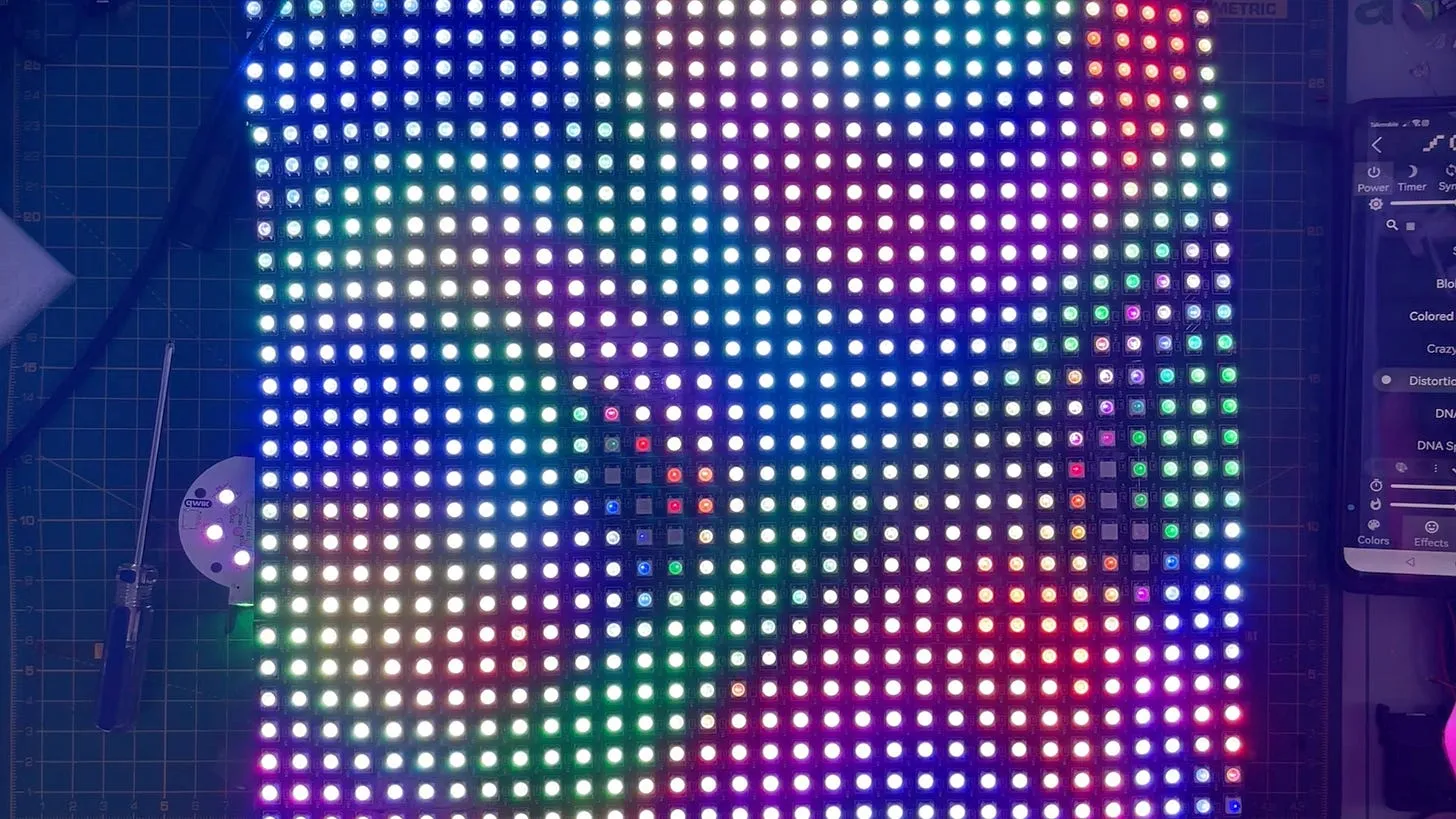
With four of these connected together we get 32x32 pixels - which gives us 1024 LEDs. So about 3 times the resolution of the original flame lamp.
To drive the display I’m using the same PCB I used for the Crystal Balls project. You can find the KiCad project for this board here on GitHub.
I designed these PCBs to be pretty flexible. They can power the LEDs from the USB/Battery. Or they can have the LEDs powered externally and tap off five volts from the panel.
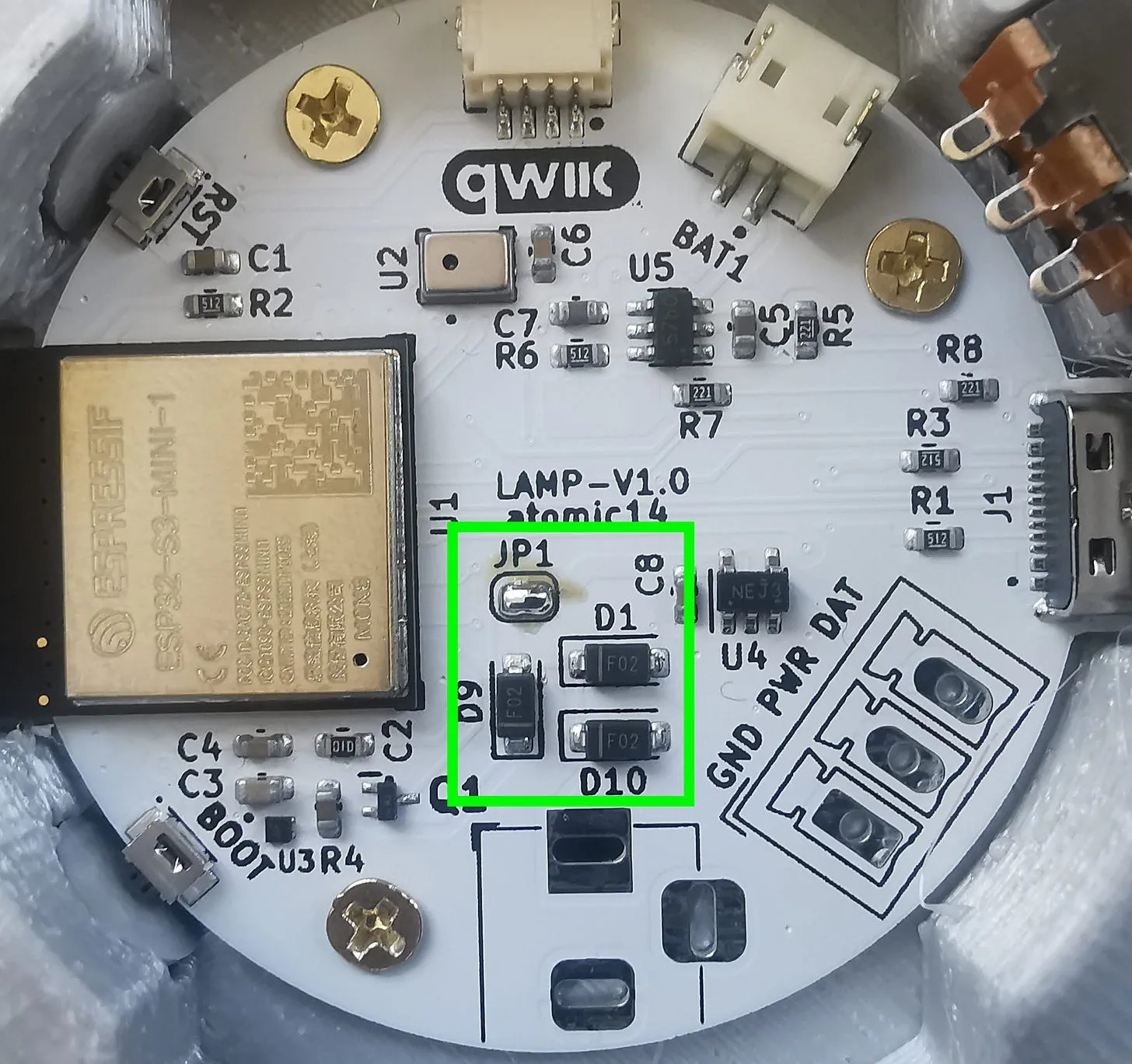
The jumper JP1 controls where the power comes from - in the configuration show the LEDs are powered from the USB socket or battery. Removing the jumper sets things up so that external power is used for the LEDs and we tap off this to power the rest of the electronics.
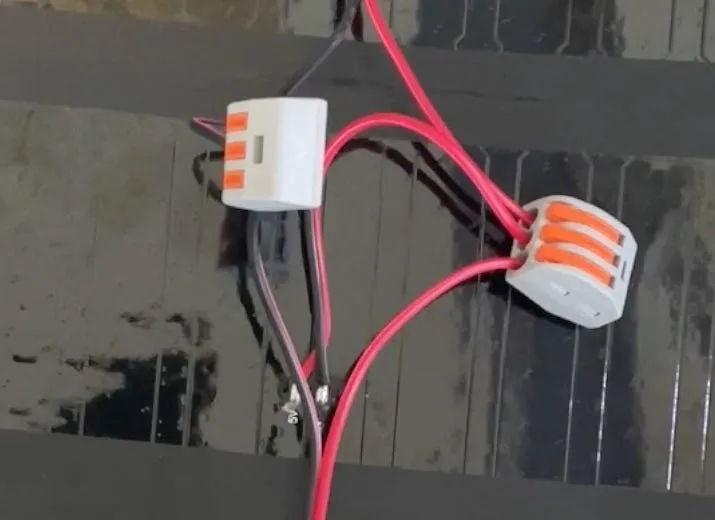
The panels come with additional power lines in the middle so I’ve connected all of these together to prevent any voltage drop. In theory with all the LEDs running at full brightness we could draw 30-50Amps!
The power supply I’m using can only supply 10A - so I’m using the WLED software to limit the maximum current draw.
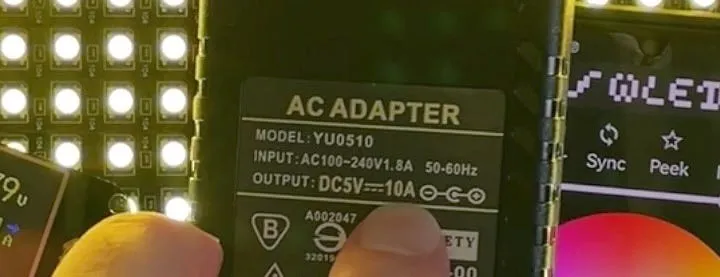
I’m also a little bit concerned about how hot everything will get if I run it at full whack.
Getting everything into a tube to fit inside the lamp shade did prove to be a bit of a challenge. The panels are flexible, but they quite like being flat. I need to revisit some of the 3D printing and think again on how to hold everything in place.
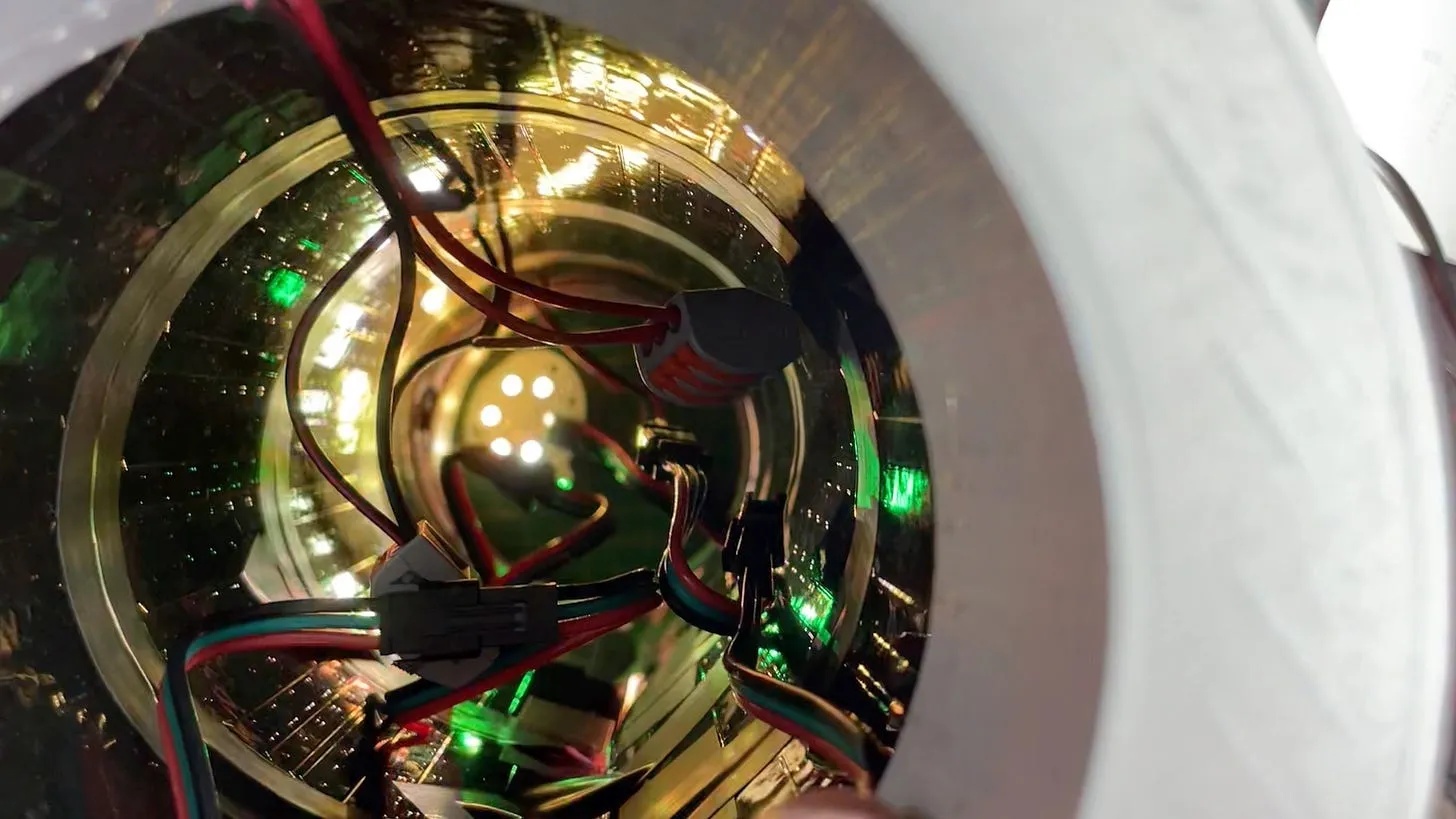
But the final result is pretty good. Using the WLED software we can use all the build in effects - including the very nice fire effect.
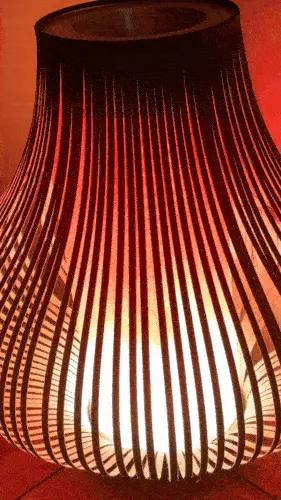
You can watch the full explainer video here:
And if you don’t understand the text in the into “The results of this experiment were… you can almost see the fire sprites dancing in the flames, the Phoenix rising from the ashes… Jim Morrison… The Doors… Jerry Garcia… The Grateful Dead…” skip to 4:32 in this video.